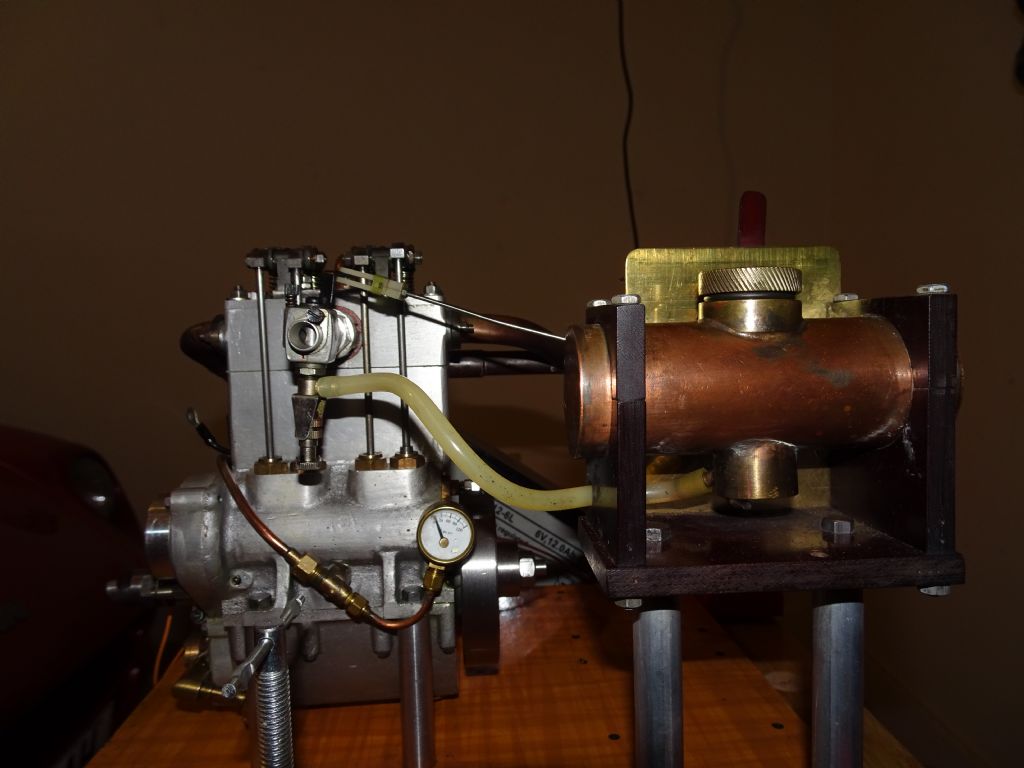As an aside about ballast resistor coils, it was not unknown to have a wire on the starter that fed the coil directly (effectively shorting out the ballast resistor )
So when cranking and the load pulled down the battery voltage, from 12V to about 7 or 8, that was applied to the primary of the coil. Result a nice big fat, high energy spark, and first fire!
Releasing the starter returned the feed to the coil through the ballast resistor, so the battery, no longer loaded by the starter, returned to 12V , or more (aided by the dynamo or alternator) and the coil lived to fight another day.
The magnetos on Fordson N and E27N was a "Trip mag", so that at low speeds (hand cranking ) the rotor was given an additional "flick" by a spring, generating a higher voltage for the spark; to aid starting.
Until powers rose to the point where greater flow rates were required (And hence pump circulation ) many of the older low specific output side valve engines were thermo-syphon cooled.
For Fords, this persisted until the OHV engines such the Consul, Zephyr and 105E Anglia came along. Ford did offer a pump "For Export" which mounted on the front mounting bracket, to be belt driven off the front pulley, as was the fan.
It was popular with those tuning the 1172cc engine for specials and 750 Club racing.
The prewar, and postwar Vauxhall H and J types, being OHV and more powerful for their displacement, did have pump assisted cooling. The seal was a small carbon disc with three ears. If it wore and began to leak, a "Get you out of jail card" was to strip the pump, reverse the seal and continue. Before it wore and leaked again, you, if wise, had a new seal in stock!
As powers increased, so did the heat rejected to coolant, and the need for greater mass flows of coolant. The 230 bhp (24 bhp / litre ) Perkins TV8-640 required 80 gallons per minute when at full power
The Gardner 6LW delivering about 11 bhp / litre made do with a simple brass paddle wheel to circulate coolant, and much smaller pipework.
Howard.
Howard Lewis.





